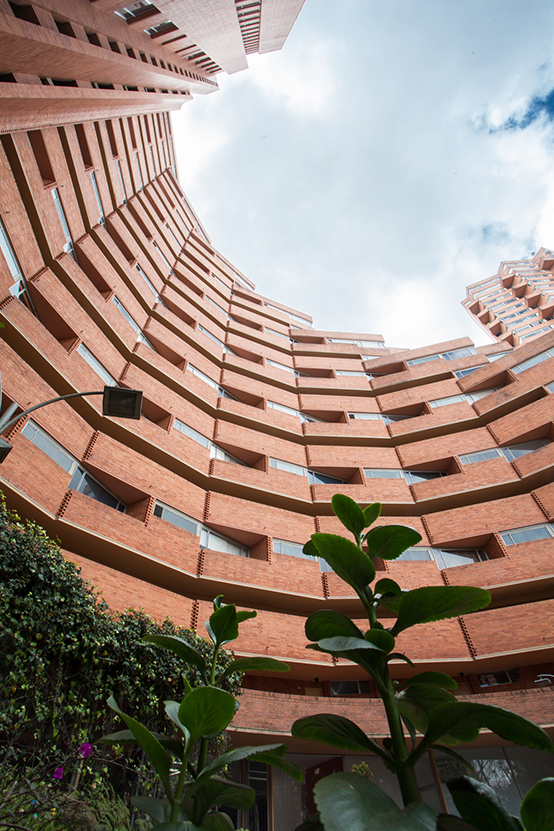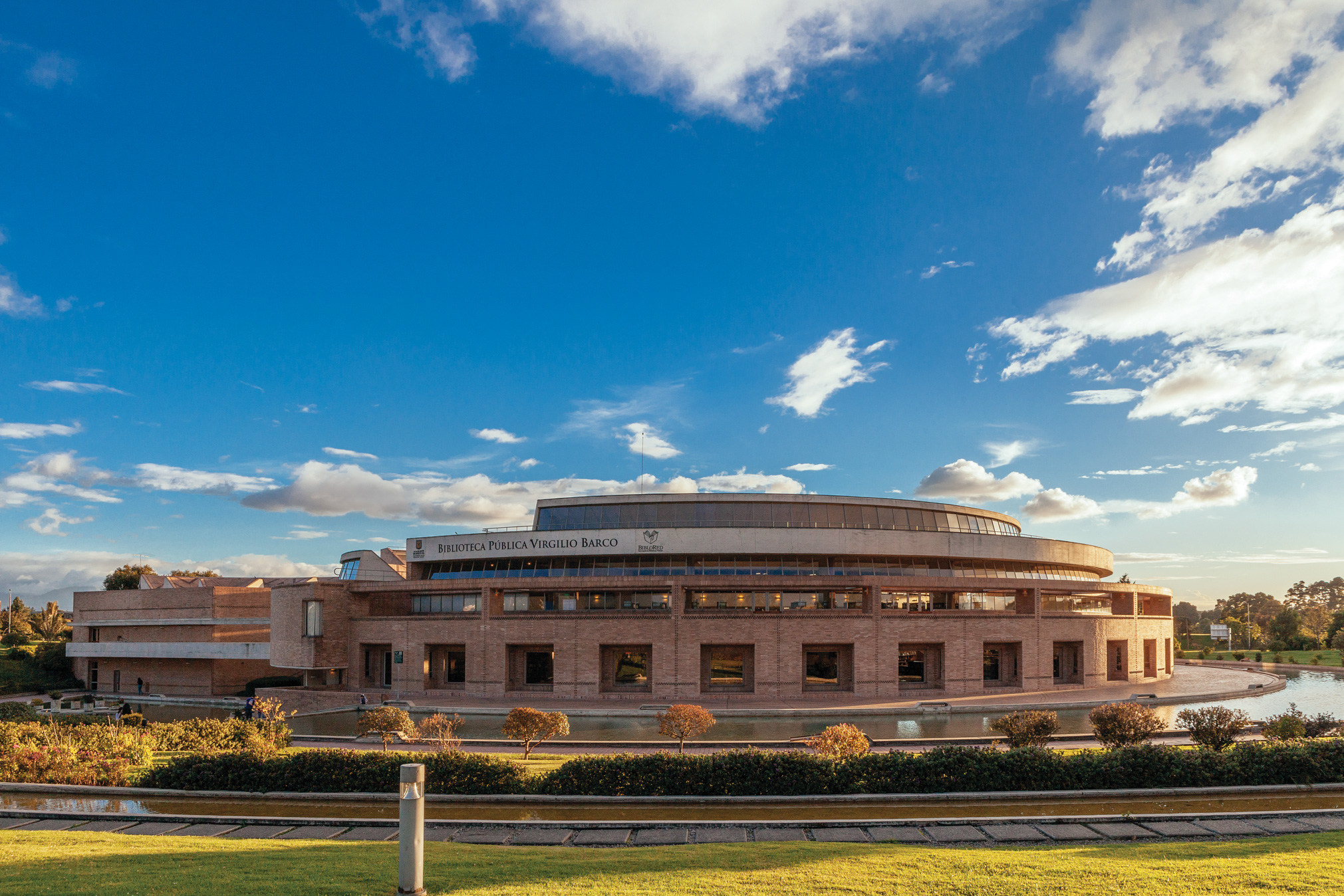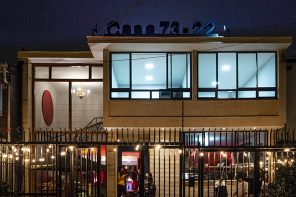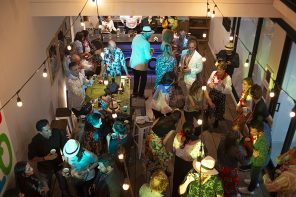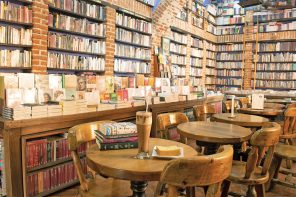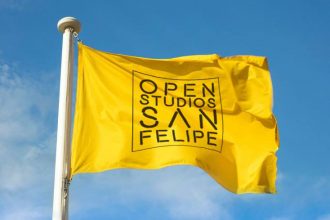We present to you Bogotá through a fraction of Rogelio Salmona’s architecture.
Rogelio Salmona was born in Paris to a Spanish father and a French mother. He always identified as a Colombian, having grown up in Teusaquillo, a neighborhood of Bogotá with brick faux tudor houses. He lived in the capital city most of his life until his death. He started his studies in architecture at the public university of Bogotá Universidad Nacional, but after Le Corbusier’s visit to the capital and the disturbance on the 9th of April 1948 he went to Paris, where he worked for almost ten years with him. There, he assimilated his ideas, some of which he rejected at the same time due to the conventionalism of Le Corbusier’s position and the contradictions in which rationalism was falling. He also learned about brutalism and the organic critic that he aimed to reinterpret back in his own country.
At the same time he followed the art sociology lessons by Pierre Francastel, which he considered years later as his most important influence: “Professor Francastel enlightened me about the integral relationship between architecture and society and how architecture can express poetic aspects of a society most profoundly”. In those years he travelled and drew multiple architectures and landscapes that would constitute some of his later references. He returned to Colombia in 1958 where he found some good rationalist buildings but which language was becoming redundant and conventional.




From that period, at the end of 1950’s, Salmona initiates his own path and style that evolved through time but remained solid to some of the principles acquired with this group: awareness of the place inscribed in tradition and culture where constructions emplace with the specific geography and landscape. The use of local materials, especially the brick and a local knowledge and workforce employed.
His housing projects such as the Park residential complex in Bogotá and public buildings such as the “Home of Colombia’s Distinguished Guests” or the headquarters for the General National Archives have earned him renown as one of Latin America’s most outstanding architects, as well as any number of honors and distinctions.
To understand Salmona’s architecture, it is essential to point out the recurrent elements used in a formal way in his buildings as well as the abstract notions that derive from a strong position of the architect in reference to the building and its context, which also reflects on his political, social and cultural position, a strong and relevant one in the changes of Bogota.
Materiality is an important feature for understanding Salmona’s architecture. He basically worked with two main materials, which were in the vast majority brick and in some later buildings, concrete. Its manufacture and workforce would employ many more workers than other methods of construction, for instance all of those related to prefabrication. From the continuous and severe presence of Salmona in the construction sites, he would recognize how much he would learn of the bricklayers and construction workers, which helped in his exploration of textures and details throughout time. The use of brick also persisted, the organic relation with the Bogotan mountains from which is extracted the clay to mold the material.
In all works done until the decade of the eighties Salmona used red brick. After this period and with the addition of kaolin, it was possible to manufacture brighter and resistant bricks that he employed in the latest oeuvres.
Salmona would exhibit a masterful command of the use of brick in all possible spatial arrangements -walls, floors and ceilings always articulating sound and constructional compositions based on his many long years of experience with this ceramic material.




In the formal composition, the use of certain elements and architectural details become recurrent in Salmona’s work, being reworked and enhanced through time. This can be seen through the diagonal disposition of the patios, the floor tiling composition, the “brick zipper” and the use of skylights. His architecture differs from the industrialized repetition or the simple exhibition of sophisticated technologies that characterize the globalized contemporary architecture.
To finish, we leave you with this his words; “I want architecture to be perceived with all of the senses and not only visually. I am interested in composing (like music, architecture also is composed) with diverse elements: materials, water, luminosity, shadows. Both shadow and clarity interest me. I compose with slants, diagonals, reflections and transparencies, with what is wet and what is dry, with journeys”.
Written by Laura Huertas


